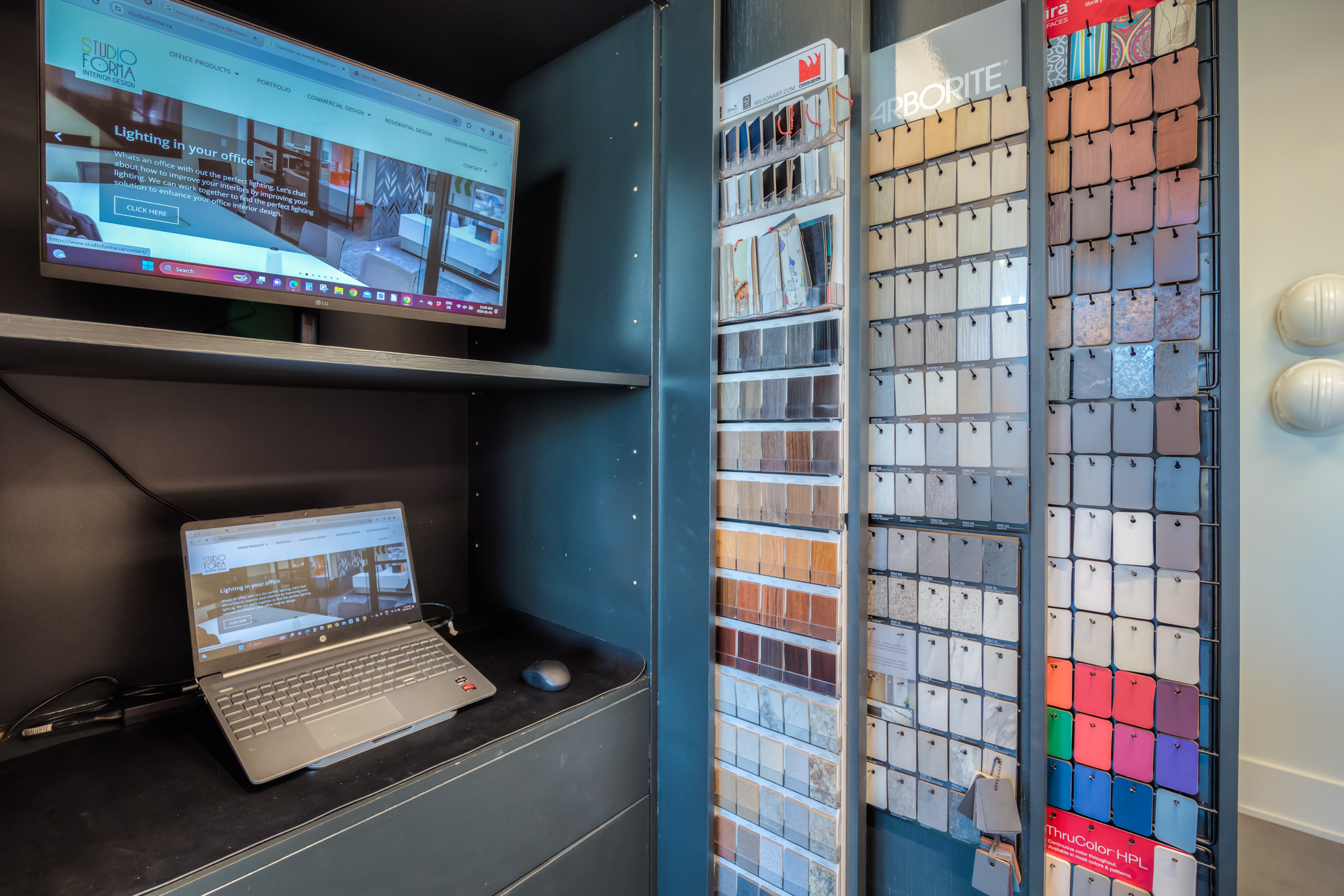Efficiency in the office is crucial for optimizing operations, enhancing productivity, and supporting overall business success. Here’s why creating an efficient office environment is important and how it benefits your organization:
Boosts Productivity
Streamlined Workflow:
An efficient office layout minimizes unnecessary movement and facilitates smooth workflow. By optimizing the placement of workstations, resources, and equipment, employees can perform tasks more quickly and effectively.
Reduced Downtime:
Efficiency reduces the time spent on administrative tasks, searching for materials, or navigating disorganized spaces. This leads to increased focus on core responsibilities and higher overall productivity.
Enhances Employee Satisfaction and Morale
Comfort and Convenience:
Efficient office design often includes ergonomic furniture, well-organized workspaces, and easy access to resources, contributing to employee comfort and satisfaction.
Reduced Frustration:
A well-organized and efficient workspace minimizes frustrations related to clutter, misplaced items, or cumbersome processes, leading to a more positive work experience.
Optimizes Space Utilization
Maximizes Use of Space:
Efficient office design ensures that every square foot of space is used effectively. This can reduce the need for additional office space, saving on real estate costs and allowing for more flexible use of existing areas.
Adaptable Layouts:
An efficient office can adapt to changing needs, such as growth or shifts in work patterns. Modular furniture and flexible layouts enable easy reconfiguration as requirements evolve.
Reduces Operational Costs
Lower Utility Expenses:
Efficient use of space and resources can lead to lower utility costs. For example, optimized lighting and HVAC systems reduce energy consumption and associated expenses.
Decreased Maintenance Costs:
An organized and well-maintained office space reduces the likelihood of wear and tear, which can lead to lower maintenance and repair costs.
Improves Communication and Collaboration
Effective Layouts:
Efficient office design supports communication and collaboration by strategically placing meeting areas, communal spaces, and team zones. This fosters better interaction and teamwork among employees.
Technology Integration:
Incorporating efficient technology solutions, such as collaborative tools and communication platforms, enhances connectivity and information sharing.
Enhances Health and Safety
Safe Environment:
Efficiency includes adherence to safety regulations and standards, ensuring a secure work environment. Properly designed spaces reduce risks related to accidents and injuries.
Wellness:
Efficient office designs often incorporate elements that promote health and well-being, such as proper ventilation, ergonomic furniture, and spaces for relaxation.
Supports Employee Focus and Engagement
Minimized Distractions:
An efficient office layout reduces noise and visual distractions, allowing employees to concentrate on their work and maintain higher levels of engagement.
Optimized Work Areas:
Designating specific areas for different types of work—such as quiet zones, collaborative spaces, and meeting rooms—helps employees stay focused and engaged in their tasks.
Enhances Professional Image
Positive Impression:
An efficient office creates a professional and polished image for clients, visitors, and partners. It demonstrates organizational competence and attention to detail, contributing to a positive brand perception.
Effective Use of Resources:
Efficient operations reflect a company’s ability to manage resources effectively, reinforcing its reputation as a well-run and competent organization.
Facilitates Growth and Scalability
Adaptable Infrastructure:
An efficient office design can easily accommodate growth and changes in business needs. Scalable layouts and flexible systems support the organization’s expansion and evolving requirements.
Future-Proofing:
Planning for efficiency helps future-proof the office against potential challenges and ensures that the workspace can adapt to technological advancements and shifting work trends.
Efficiency in the office is vital for maximizing productivity, reducing costs, and enhancing employee satisfaction. By creating a well-organized, functional, and adaptable workspace, businesses can improve their overall operations, support employee well-being, and present a professional image. An efficient office environment not only streamlines daily processes but also contributes to long-term success and growth.

